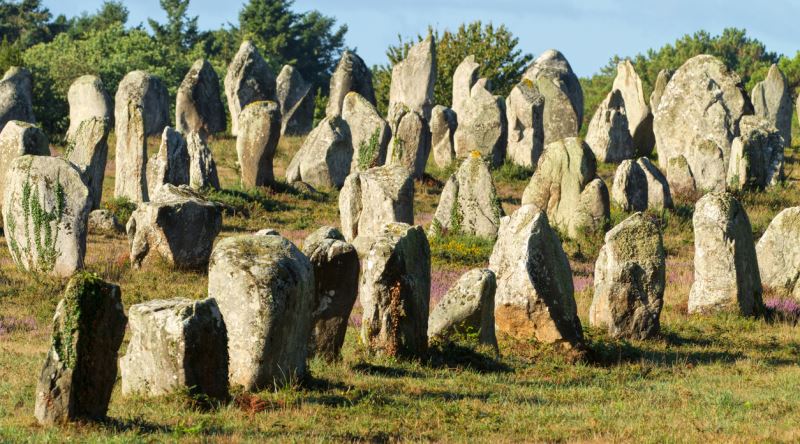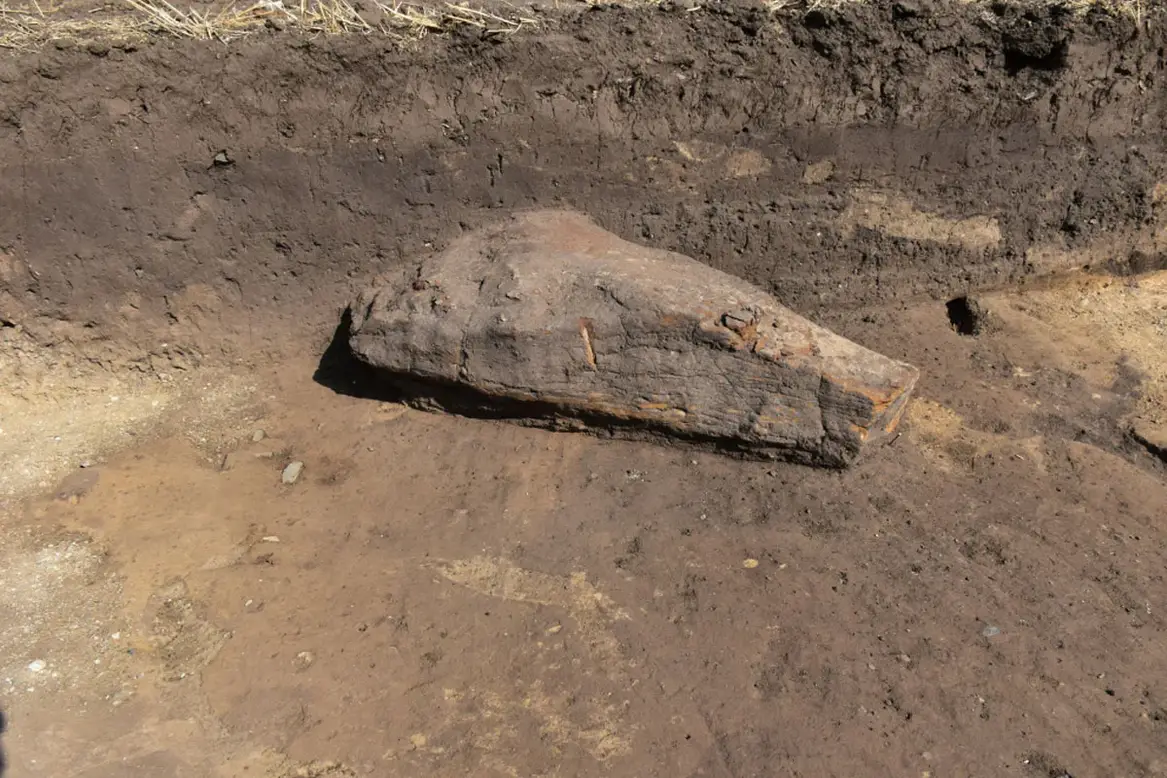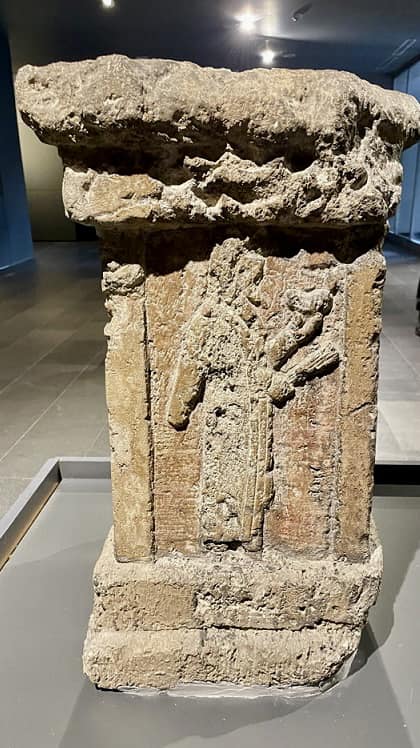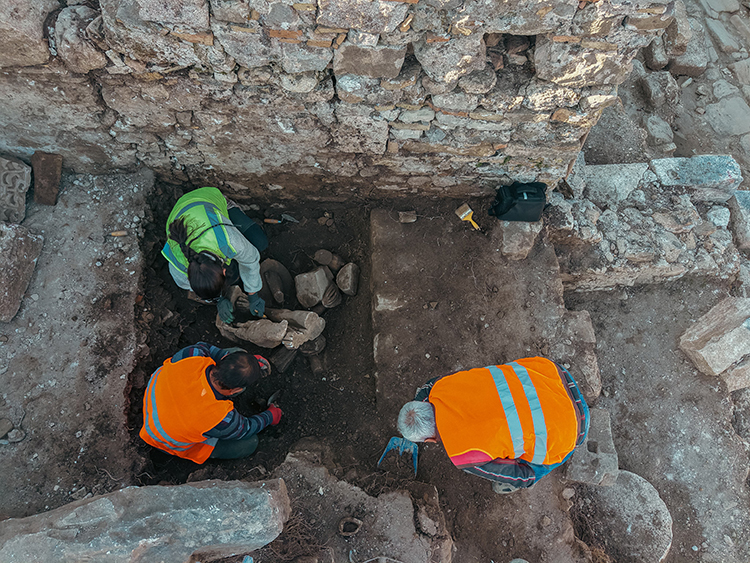In the Warmholzberg area near Halberstadt, in the German state of Saxony-Anhalt, archaeological excavations have uncovered a monolithic menhir dating back to the Middle Bronze Age. Initially thought to be remnants from the medieval period, the examination of underground ditches actually pointed to a burial site belonging to the Baalberg culture from the 4th millennium BCE.
The complex system of ditches revealed through aerial photographs astonished archaeologists. Excavations conducted by the Saxony-Anhalt State Office for Monument Preservation and Archaeology showed that these ditches not only served as a burial site but also housed a pyramid-shaped sandstone slab standing 1.74 meters tall. This monolithic slab has been identified as a menhir, meaning “long stone.”
Determined to have been brought from a quarry located at least 5 kilometers away, the menhir was likely erected as a prominent marker on a ridge. However, at an unknown time, it was removed for ritual purposes and placed into a ditch. The reasons behind this action and who carried it out remain a mystery.
Experts believe that the menhir may have been uprooted by a later culture with a different worldview. For them, this stone could have been perceived as a remnant of a past belief system, perhaps regarded as a mysterious and threatening symbol. It is known that other ornate menhirs in Central Germany were similarly repositioned in ancient times and integrated into later burial sites.

This discovery at Warmholzberg raises new questions about the beliefs, rituals, and cultural interactions of prehistoric communities. Menhirs, large upright stones erected during the Neolithic and Bronze Ages, can be found across Europe, Asia, and Africa. While their exact purposes remain unknown, they are thought to have been used as grave markers, for religious ceremonies, astronomical observations, or boundary markers.
Notable examples of menhirs include the Carnac Stones in France, Stonehenge in England, and the Lalapaşa site in Edirne, Turkey, all of which provide insights into the lives and beliefs of past civilizations. This recent discovery at Warmholzberg sheds light on the mysterious world of prehistoric communities, strengthening our connection to the past.
Cover Photo: LDA
State Office for Monument Preservation and Archaeology of Saxony-Anhalt





